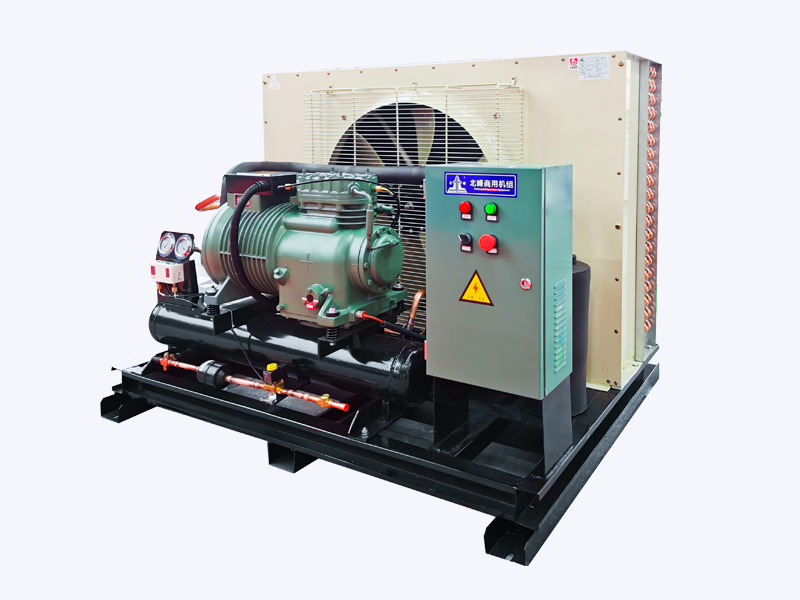The design of semi-hermetic compressors plays a significant role in their ability to withstand harsh operating conditions and environmental factors. Here's how:
Robust Construction: Semi-hermetic compressors are designed with a meticulous focus on durability, employing materials renowned for their strength and resilience. High-grade cast iron or steel alloys are commonly utilized for key structural components, including the compressor housing. These materials boast exceptional mechanical properties, such as high tensile strength and resistance to deformation, ensuring the compressor can withstand the substantial stresses and strains inherent in industrial applications. Advanced manufacturing techniques, such as precision casting or machining, are employed to achieve tight tolerances and impeccable surface finishes, further enhancing the compressor's structural integrity and longevity.
Sealed Housing: The housing of a semi-hermetic compressor serves as a critical barrier against environmental contaminants, yet it must also allow for accessibility during maintenance and servicing operations. To achieve this delicate balance, engineers employ innovative design features such as robust gasket seals, bolted flange connections, and rugged fastening mechanisms. These elements ensure a reliable and airtight seal is maintained under varying operating conditions, safeguarding the compressor's internal components from moisture ingress, particulate contamination, and chemical exposure. Specialized coatings or treatments may be applied to the housing surfaces to enhance corrosion resistance and surface hardness, further fortifying the protective barrier against environmental hazards.
Internal Components: Within the heart of a semi-hermetic compressor lies a meticulously engineered ensemble of components, each meticulously crafted to endure the demanding conditions of refrigeration and air conditioning applications. The compressor motor, for instance, is engineered with high-quality electrical insulation materials and robust winding configurations to withstand elevated temperatures and voltage stresses without compromising performance or reliability. Similarly, precision-engineered bearings and seals are employed to minimize frictional losses and ensure smooth, reliable operation even under high-speed or high-load conditions. Critical components such as valves and pistons are manufactured from hardened steel alloys or wear-resistant materials, enhancing their durability and resistance to wear and fatigue over prolonged operating cycles.
Cooling Mechanisms: Efficient thermal management is paramount to the reliable operation of a semi-hermetic compressor, particularly in environments characterized by elevated ambient temperatures or heavy operational loads. To address this challenge, engineers integrate sophisticated cooling mechanisms into the compressor design, leveraging principles of convective heat transfer and thermal conductivity to dissipate excess heat generated during compression. External cooling fins or radiators may be incorporated into the compressor housing to increase the surface area available for heat dissipation, while internal refrigerant flow pathways are optimized to facilitate rapid heat transfer away from critical components. Advanced heat exchanger technologies, such as microchannel or plate fin designs, may be employed to enhance thermal efficiency and minimize pressure drop within the cooling circuit, further optimizing compressor performance and reliability under demanding operating conditions.
Semi-Hermetic Low Noise Commercial Unit


 English
English عربى
عربى 中文简体
中文简体












